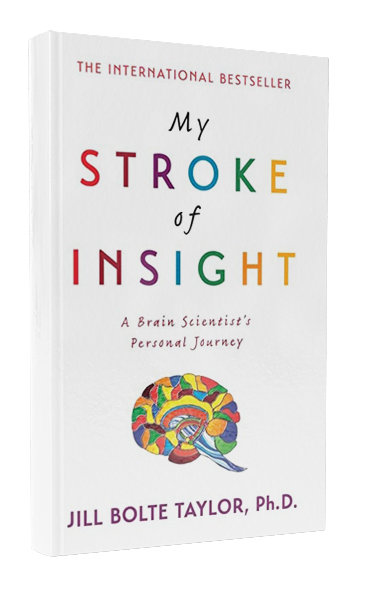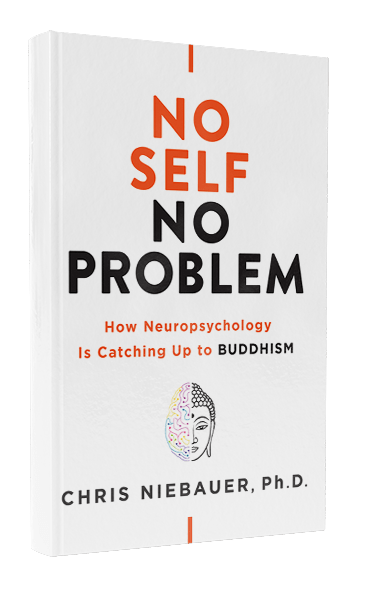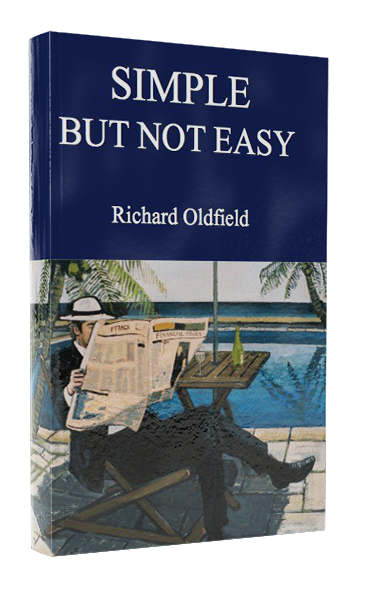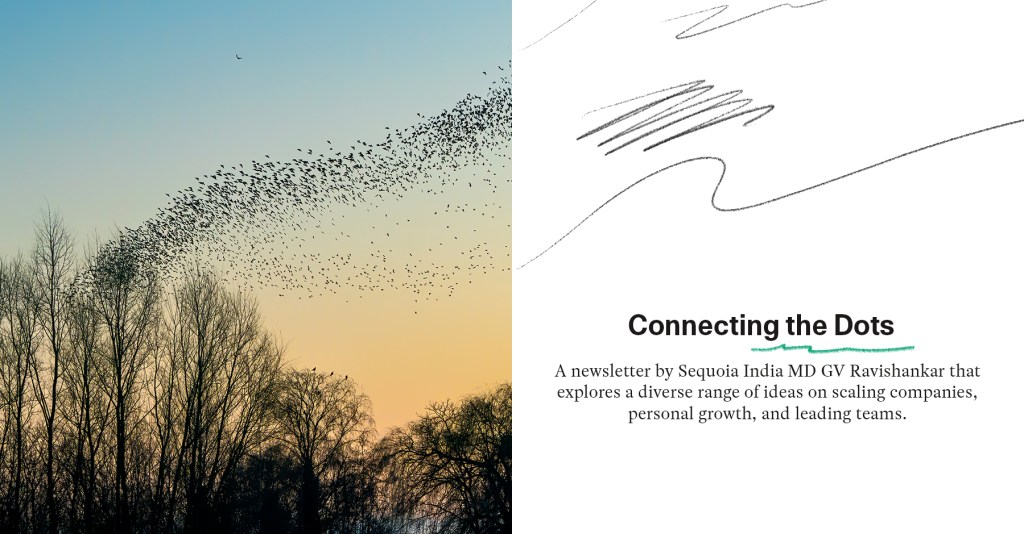Resilient Optimism – the Kintsugi Way!
ByGV Ravishankar
PublishedMarch 22, 2023
A company that has gone through tough times and emerged stronger is more valuable than one that’s never faced such challenges.
“Pick one of the following three team activities,” said the email from the organizing team of a recent retreat. The choices were Bonsai making, Samurai and Kintsugi. I have tried my hands at Bonsai before and hence wanted to try something new. Not wanting to take a chance with a bunch of rookies with sharp swords around me, not to mention my lack of trust in my own clumsy hands, I decided to sign up for the Kintsugi which the brief described as “the Japanese art form, transforming something damaged into a thing of strength and beauty using gold”. Something about fixing broken things to make them beautiful felt very topical for me!
When my partner Shailendra addressed us at our quarterly town hall, he spoke to us about “resilient optimism”. He spoke about how we have entered a tougher phase as an industry coming off 12+ years of a bull market when building companies seemed easy with lots of capital available freely. Investing looked even easier as round after round happened in quick succession at higher prices, giving investors and founders a false sense of progress. He urged the team to not swing with the times – feeling optimistic in a bull market and pessimistic in a market like this. He argued that the best companies and best investments may come out of a period like this when the world is more real. Having seen a couple of cycles, Shailendra’s message was to choose the mindset of resilient optimism. This is the message that I thought about when I learnt more about Kintsugi.
Kintsugi (“golden joinery”) or Kintsukuroi (“golden repair”) is an ancient Japanese artform that dates to the late 15th century when a particular shogun is believed to have sent a broken teapot back to China for repairs. It came back full of ugly metal stales, which prompted Japanese craftsmen looking for a better method to fix broken pottery. The resultant process which involved using lacquer mixed with gold dust solved not just as a fix for the breakage but also created an aesthetically appealing end product which increased the value of the pot. The art form shows that even broken things can be made valuable by accepting the imperfections and working on them, thereby making the breakage and repair a part of the object’s history versus trying to cover it up. In other words, the scars of the pot have a story to tell, a story of resilience and grit, a story of not giving up – a story of resilient optimism.
No doubt we are in difficult times as a startup ecosystem. The tide of easy capital going away has exposed those of us that were swimming naked. It has forced us as founders or investors to ask questions on whether we truly have product market fit, what the right model of building a business is, what economic shape do we want to aspire for, what the path to an enduring company would be and what choices we have to make to get there. Some of these choices are difficult – founders have to prioritize hard, cut down on things that are not core, restructure our companies to get leaner and more focused. We have to go back to the “why” of what we are doing and be willing to re-architect our business around only those things that are aligned to our “why”. We may find in this process that many things are broken.
As we get down to “repairing” these broken things as a way to fix our business, the Kintsugi philosophy reminds us that the repair can make us more valuable and it teaches us not to disown the past or the imperfections. Yes we all make mistakes once in a while, maybe we could have burnt less capital or not made that acquisition. What matters is what we do now – the golden lacquer to fix the pot is still with you – your core team still believes in the mission, the investors around you will likely support you in the fixing process and hopefully you still have some runway. You can come out of this showing grit and resilience.
A business that has turned around and is growing with better economic foundations is way better than a business that has never faced serious challenges. The law of averages will catch up at some point. There is no perfect company, but a company that has gone through tough times and emerged stronger is more valuable than one that’s never faced such challenges. You will have a story to tell and will have learned many lessons on which you can build your next phase of growth. You will have a set of principles you have forged in the fire which become non-negotiable foundational values you hold on to and that will serve as a long term guide.
Resilient optimism – this is the mindset needed for us to take control of our own future after experiencing hardship. To be able to do this you have to start from a place of acceptance – acceptance of the mistakes of the past and the willingness to begin the fixing process with a sense of belief. The output will be a thing of beauty, a proud display of the history of the making – one of recognition of the hardships and a demonstration of the grit! Hopefully something extraordinary and far more valuable than the ordinary perfect pot!
As we get down to “repairing” these broken things as a way to fix our business, the Kintsugi philosophy reminds us that the repair can make us more valuable and it teaches us not to disown the past or the imperfections.
Recommended Reads
One of the most interesting things I read last week was this article titled, “What makes us bold” by Lina Zeldovich. Our CMO Gayatri summarized this as “literally bitten by the entrepreneurial bug”. Although it sounds crazy, it looks like there is evidence to suggest that a parasite called Toxoplasma gondii (T gondii) changes behavior of their host by making many of them bolder and more inclined to take risks. They found “infection prevalence was a consistent, positive predictor of entrepreneurial activity and intentions at the national scale.”
In this Time magazine article titled, “How talking less will get you more”, Dan Lyons talks about why so many of us are prone to talkaholism – particularly men. And it’s down to biology! In 2010 researchers discovered that talkativeness is linked to brain-wave imbalances. Ideally, the left and right lobe should have about a similar amount of neuronal activity when a person is at rest. Apparently if your left side is more active than the right—you’re likely to be shy and if the right side is more active, you’re likely to be talkative.
Turnaround stories are always fascinating. In his blog, “What Can We Learn from Barnes & Noble’s Surprising Turnaround?”, Ted Gioia talks about the journey of the brick and mortar book retailer from its founding in 1886 to its near death in 2018 and subsequent comeback, which is credited to the leadership of James Duant. “There is no substitute for good decisions at the top—and no remedy for stupid ones,” argues Gioia, who goes on to detail how empowerment of the workforce and putting books and readers first allowed the company to start growing back again!
If you have time for a longer read, here are three books I’d like to recommend.

My stroke of insight, by Jill Bolte Taylor
Jill Bolte Taylor, a 37-year-old Harvard-trained neuroanatomist, suffered a massive stroke in 1996. Due to her background, she was able to study the course of her brain deterioration as it happened. It took her almost eight years to restore complete left brain function, and as a result, she has a unique viewpoint on the interplay between the two hemispheres.
She brilliantly summarizes our incredible brain in the Appendix “40 Things I Needed the Most,” with #23: “Trust that my brain can always continue to learn.”

No self no problem, by Chris Niebauer
Here’s another book that explores the human mind – more specifically, the left side of the brain. Chris Niebauer discovered striking similarities between neuropsychology and schools of Eastern spirituality. He maintains that by following a fundamental tenet of Buddhism called Anatta, or the doctrine of “no self,” one would be closer to seeing a “truer” reality.
Niebauer asserts that we are not intrinsically bound to our body since our ego and sense of self are just a product of our left brain’s attempt at control. It’s this ego that affects our ability to see things objectively and leads our “self” to forget that subjective opinions are not facts.

Simple but not easy, by Oldfield Richard
Richard Oldfield contends that making investments, contrary to general perception, is easier than what non-professionals believe since basics can be defined in simple terms. Yet, investing is also challenging! The book encapsulates Oldfield’s experience in investment spanning several decades and paints a realistic picture of what investors may expect to achieve, as well as the numerous ways they could adversely impact their own efforts.
Do write in at gv@peakxv.com if any of my interests intersect with yours! Click here to read more articles on Peak XV’s blog. For more editions of Connecting the Dots, click here. I’m also on LinkedIn and Twitter.
